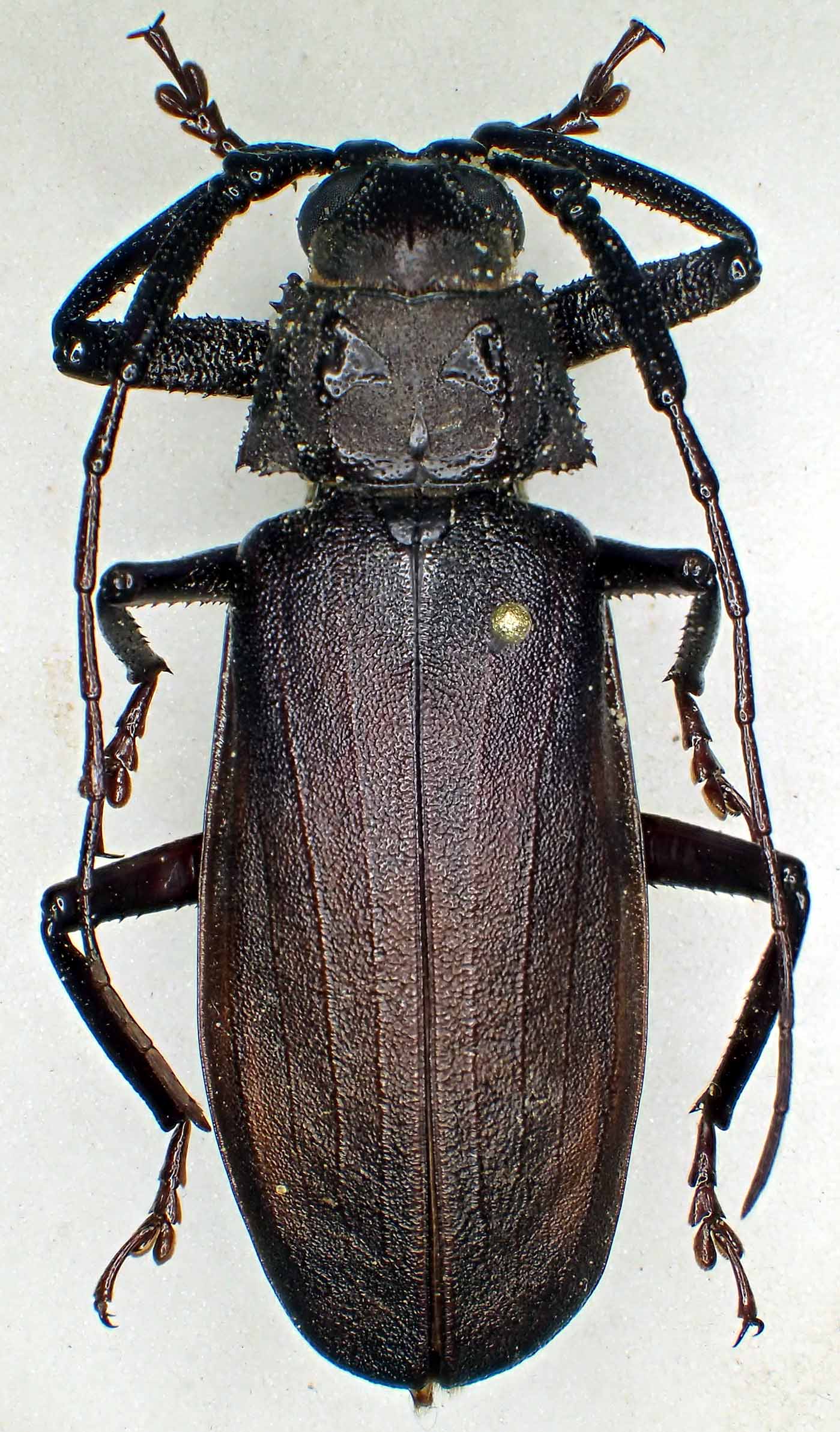| T O P I C R E V I E W |
| Xaurus |
Posted - 14/02/2023 : 12:24:47

340.24 KB
Maybe A. ellioti (male, 47mm) from Western Nepal, Kapilpastu distr., 450 m ü. NN
|
| 9 L A T E S T R E P L I E S (Newest First) |
| Capitaine |
Posted - 28/02/2023 : 14:17:08
Andreas, as you know, in most prioninae genus the antennal length can only be accurately estimated from true specimen series... |
| Xaurus |
Posted - 28/02/2023 : 01:30:55
there is a male PT of A. confusa posted in the forum:
https://www.cerambycoidea.com/forum/topic.asp?TOPIC_ID=14255
looks really similar, but antennae are shorter ? |
| Capitaine |
Posted - 27/02/2023 : 12:03:07
This reinforces my doubt about A. inscripta as it has an angular apex. On the other hand, in the Indian species we find A. confusa which seems to have a similar relief on the pronotum... |
| Xaurus |
Posted - 27/02/2023 : 00:26:10
there is not any spine at the elytral apex |
| Capitaine |
Posted - 26/02/2023 : 18:50:52
A. inscripta seems to have a quite different sexual markings on the pronotum, does your specimen have a spiny elytral apex? |
| Xaurus |
Posted - 25/02/2023 : 15:33:08
A. majerorum has different antennae, so I could exlcude, maybe Anomophysis inscripta (Waterhouse, 1884) is very near, there is a male pictured at Larry's webside from Nepal looks like the same species. |
| Xaurus |
Posted - 25/02/2023 : 15:21:54
A. majerorum has different antennae, so I could exlcude, maybe Anomophysis inscripta (Waterhouse, 1884) is very near, there is a male pictured at Larry's webside from Nepal looks like the same species. |
| Xaurus |
Posted - 25/02/2023 : 01:24:08
thanks Claude, it was my suggestion too before, I'll check this species |
| Capitaine |
Posted - 24/02/2023 : 18:55:57
It is not A. ellioti or A. plagiata. See perhaps with A. majerorum Lackerbeck, 2000 which is cited from India. |


